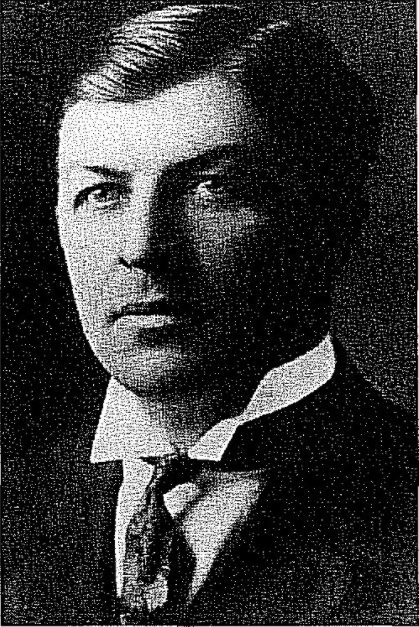Historic Spotlight: Abe Lincoln Lillibridge (Information courtesy of Idaho State University)
Abe Lincoln Lillibridge was born in Pocatello on October 13, 1891, in a home on what is now North Main Street—then still part of the Fort Hall Indian Reservation. As a young man, he worked as a press boy for the Pocatello Tribune, a machinist and draftsman for the railroad, and a pipe fitter for the Pocatello Gas and Power Company. His hands-on expertise led him through a range of mechanical jobs, including building mining equipment and working as a foreman in local machine shops.
During World War I, Lillibridge served in the 346th Field Artillery, 91st Division, reaching the Meuse River front as the war ended. After returning home, he began a long and impactful career at Idaho Technical Institute (now Idaho State University). There, he created everything from oil test demonstrators and road rollers to cranes, hoists, and a 50-ton punch press. He even built two Tesla coils for the Physics Department—each capable of generating about one million volts.

One of his proudest achievements was helping construct the University’s first atom smasher—a five-ton Cyclotron—and preserving a historic locomotive whistle, which was later used to celebrate Bengal football touchdowns. He also played a key role in rebuilding laboratories and campus facilities, leaving a mark on generations of students and faculty.
In his spare time, Lillibridge was a passionate railroad enthusiast who traveled widely to document train operations across Idaho and beyond.

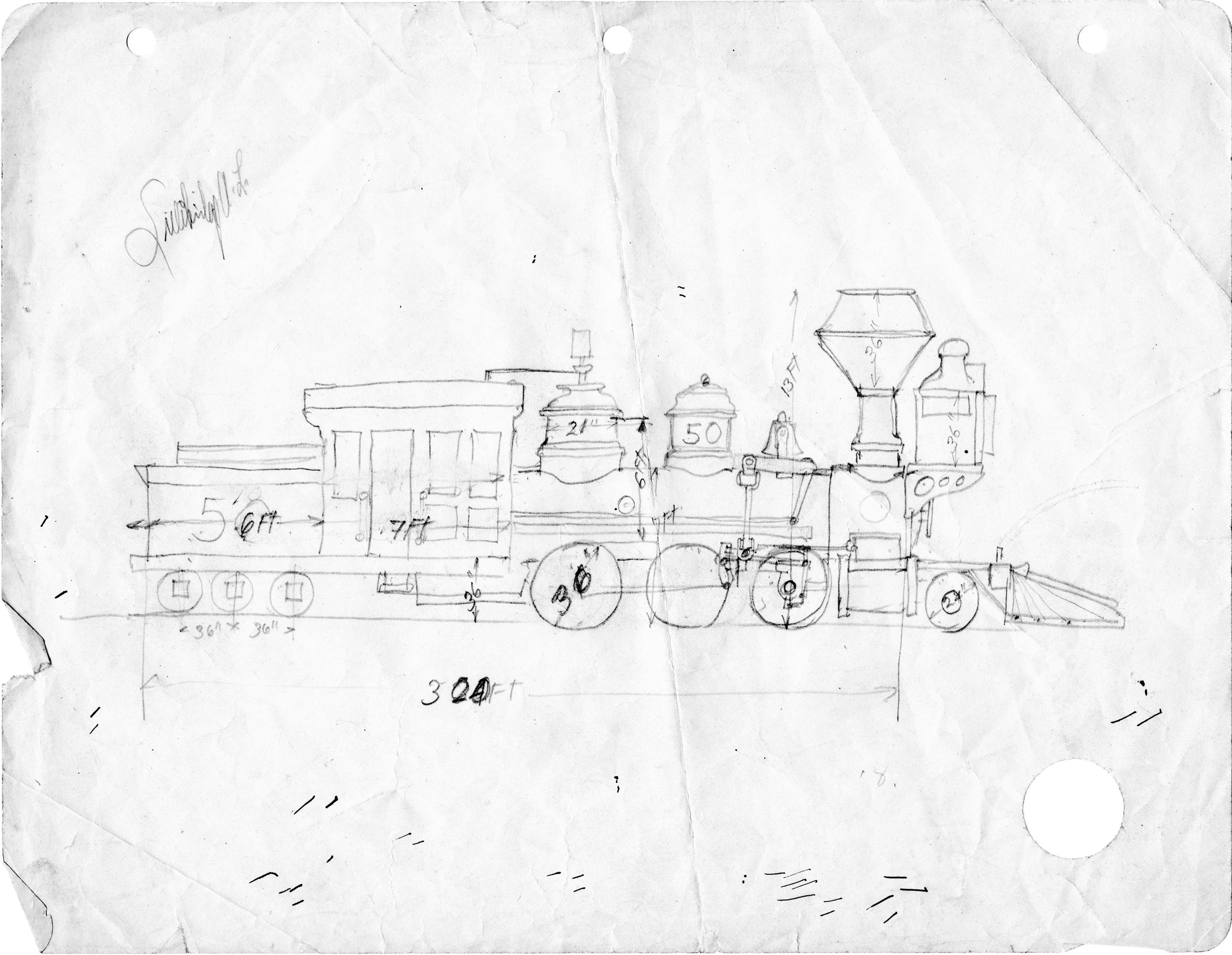
He married Ethel Tolson on June 18, 1919, in Caldwell, Idaho, and together they raised three sons: Eldon, Harold, and Robert. Lillibridge passed away on July 22, 1971, after a long illness. In honor of his legacy, the Nuclear Science Engineering building at Idaho State University was named the Lillibridge Engineering Laboratory Building—a tribute to his decades of service, ingenuity, and devotion to education.
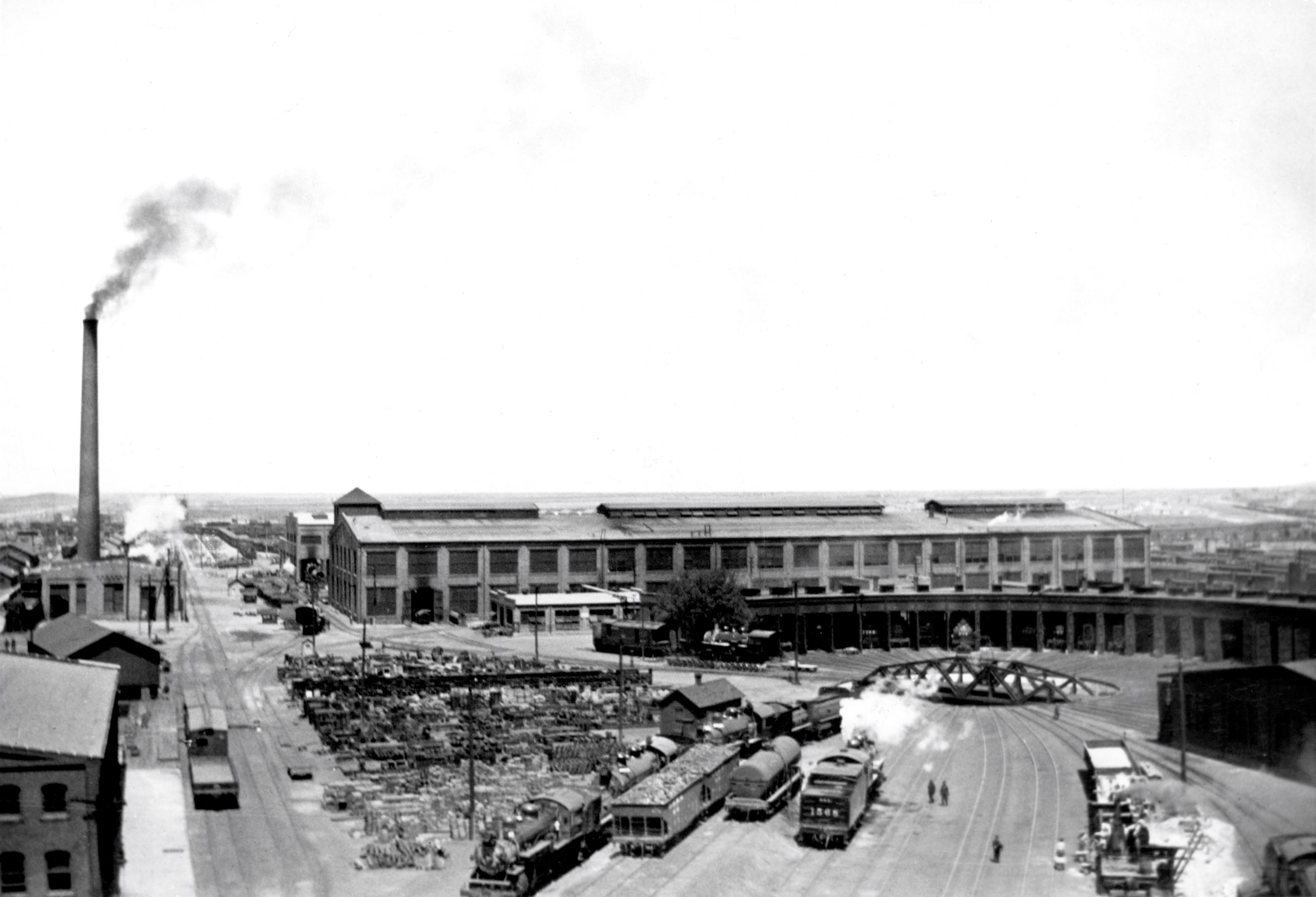
The Legacy of the Kasiska Family in Pocatello (brought to you by the Historic Preservation Commission)
The Kasiska family’s legacy in Pocatello began with William F. Kasiska, who immigrated from East Prussia (now part of Germany) with his wife, Mary. Their journey took them from New York to Wisconsin, Seattle, and finally to Pocatello in 1890.
William Kasiska was a visionary entrepreneur and civic leader. He invested in land, operated banks and ranches, and served two terms as Mayor of Pocatello. The Kasiskas owned significant real estate throughout the city, including:
-The Bannock Hotel (Simplot Square is now located where the Bannock Hotel once stood)
-The Kasiska Building (once located at the corner of W. Lewis and S. Arthur)
-Their residence at 155 S. Garfield
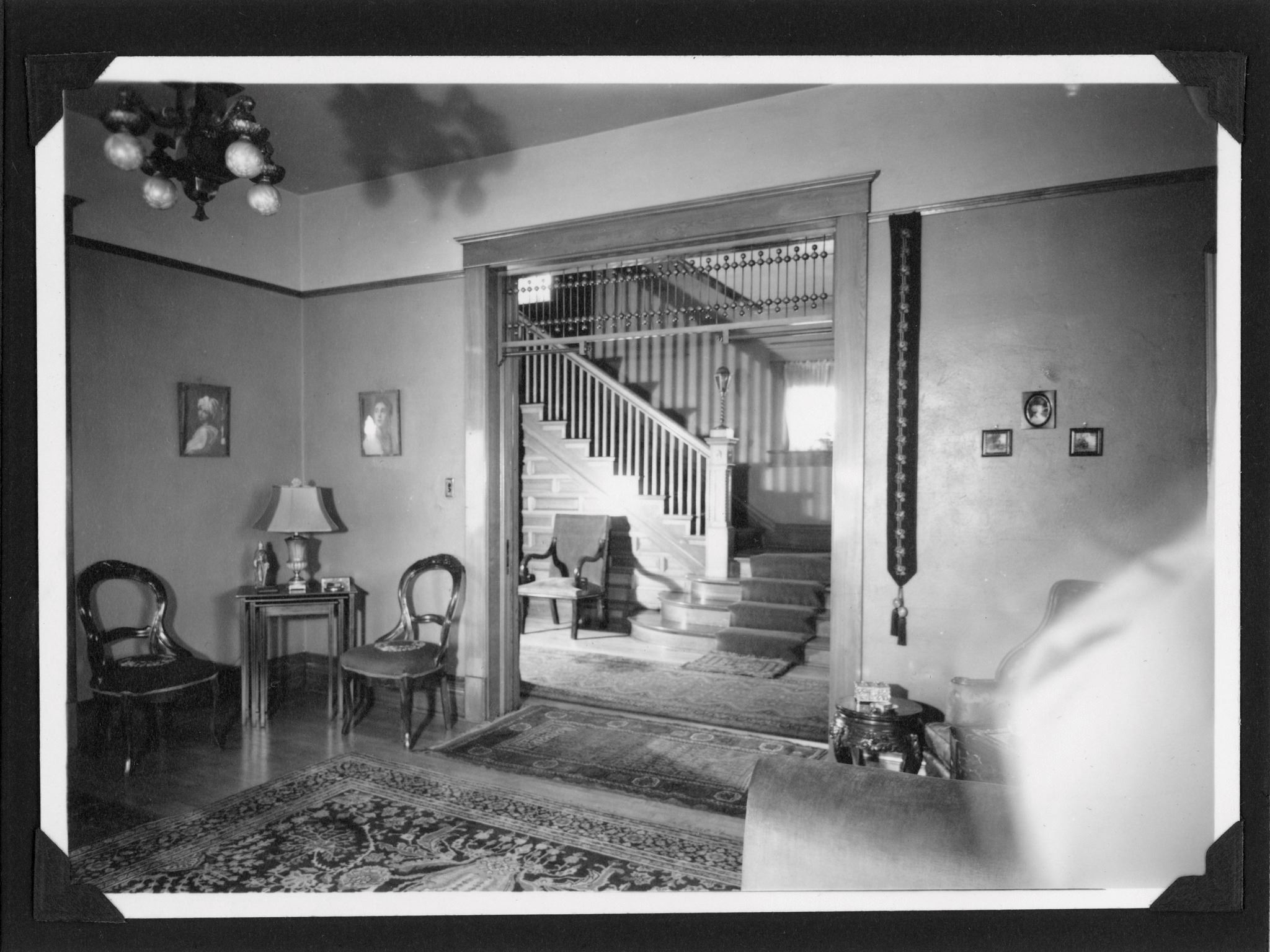
-The home now occupied by the President of Idaho State University
In the 1970s, both the Kasiska and neighboring Dr. Minnie and William F. Howard's home were relocated near the west end of Chubbuck Road to allow for future expansion of the Public Library, now known as the Marshall Public Library in Historic Downtown Pocatello.
William and Mary left a substantial estate to their daughters, Mabel and Eva, who carried on the family’s enterprises. Mabel Kasiska was one of Idaho’s first female banking executives. She owned and managed a bank in Lava Hot Springs, served on the Board of Directors of the Cassia National Bank in Burley, and invested in the Twin Falls Bank.
The Kasiska family left an enduring mark on Pocatello through their leadership, philanthropy, and community investment. Information courtesy of Idaho State University’s Department of Special Collections and Archives. For additional information on the Kasiska Family, please visit: https://www.isu.edu/healthsc.../about/kasiska-family-legacy/
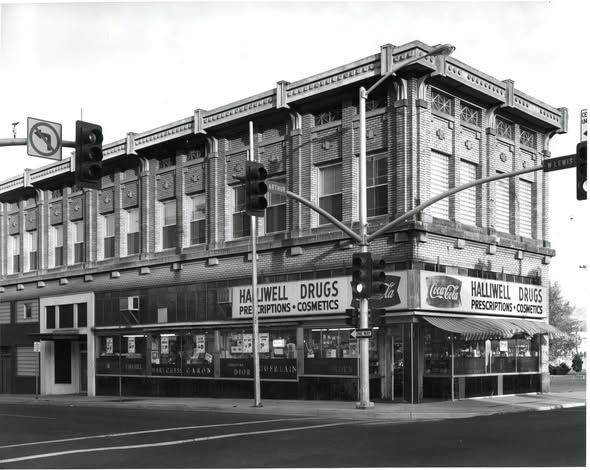

Frederick Henry Stedtfeld (information courtesy of Idaho State University):
Frederick Henry “Fred” Stedtfeld was born on October 13, 1874, in Indianapolis, Indiana, to German immigrants, Henry and Sophia (Frodeman) Stedtfeld. Raised in a household rooted in Old World traditions, Fred learned the trade of baking from his father — a skill that would shape the course of his life.
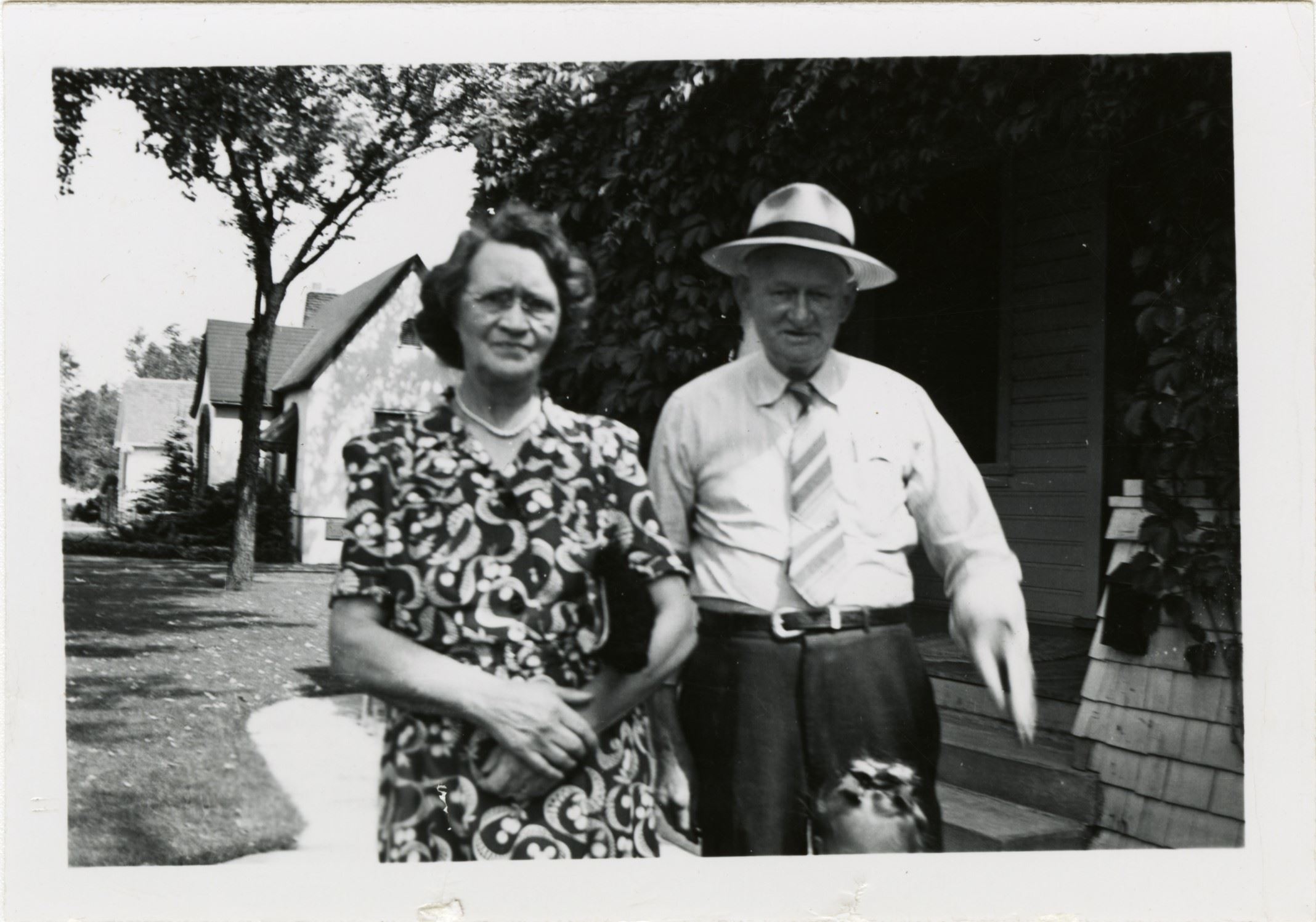
By the early 1890s, as a young man in his late teens, Fred felt the pull of the American West. In 1892, with a well-worn recipe book tucked under his arm and dreams of opportunity ahead, he left Indianapolis and began working for the Union Pacific Railroad as a chef, steadily making his way westward. He worked in numerous restaurants along the rail lines, gaining experience and reputation at each stop.
His journey eventually brought him to Utah, and from there, he continued on to Pocatello, Idaho — a bustling railroad hub, and the place he would ultimately call home. Fred worked at the Pacific Hotel in Pocatello between 1896 and 1898 and after went back out working as a chef in towns along the railroad, including Omaha, Nebraska; Ogden, Utah; Salt Lake City, Utah; and Mackay, Idaho. During his time in Ogden, he met and married Pauline.
In 1905, Fred and his young family moved back to Pocatello; he worked briefly at the Office Café, located at 126 N Cleveland (now known as Main Street), and then quit to work as a chef at the Bannock Hotel. The Stedtfelds lived at 458 E. Center St.
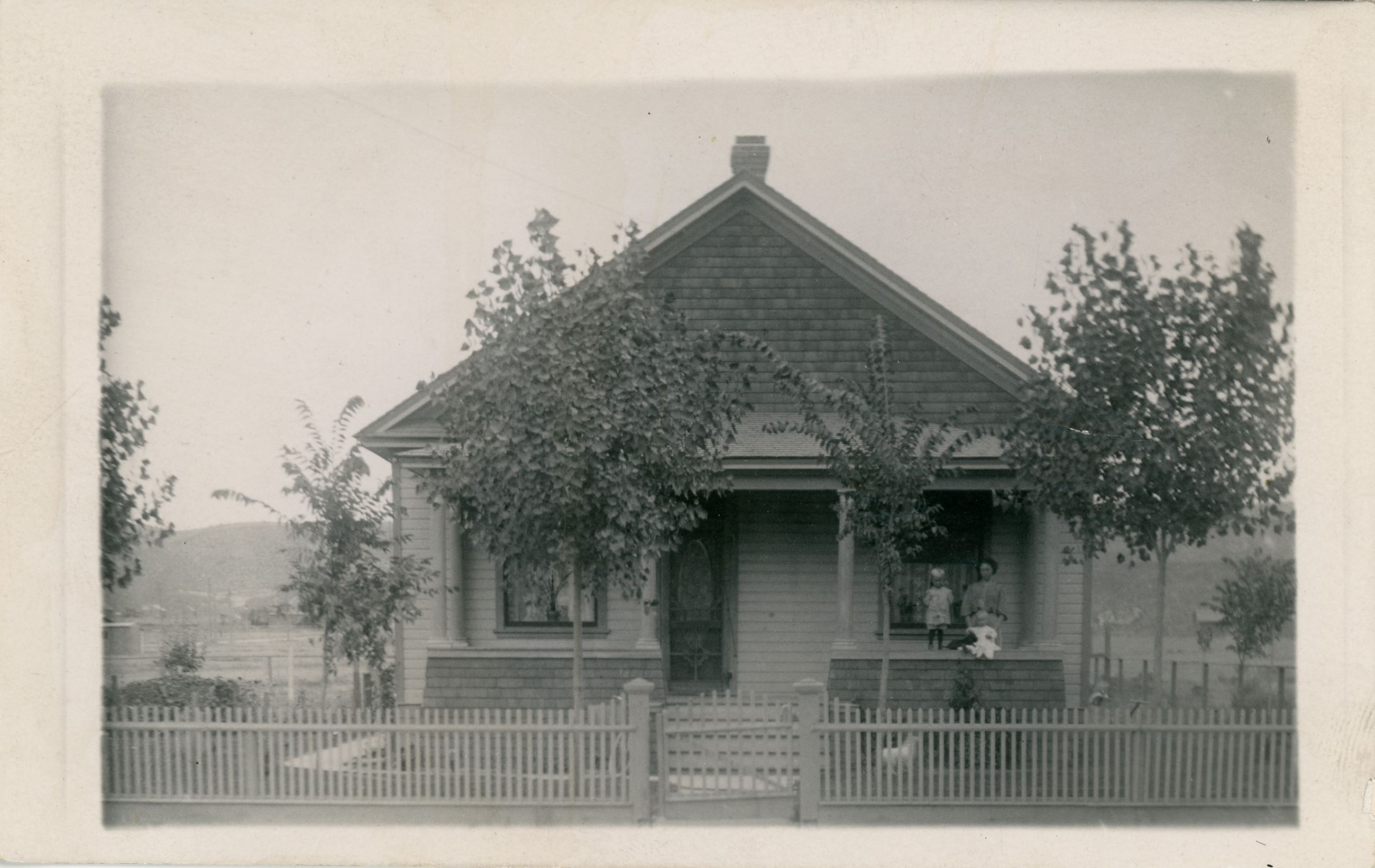
In 1906, Fred opened the White House Café, a frame building located at 242 West Center Street, Pocatello. After it burned, he moved into a frame building known as the T. B. Smith building at 113 N. Main, which he named Fred’s Place; it remained open until 1909. It was located behind what was then the Temple Pharmacy (later, the old Pocatello Drug, on the corner of Main and Center Streets). Pauline worked with Fred part-time, while keeping an eye on their now three children, the third of whom died within its first year. Their fourth child, Norman, was born in 1908.
In 1907, Fred purchased all of lots 13 and 14 (and later lot 15), Block 155 in Pocatello (known as 170 S 9th Ave) for $1.00, where, within subsequent years, with the help of Pauline’s father, a skilled carpenter, and his brothers traveled to Pocatello to build the Stedtfeld family home.
In 1909, Fred purchased the Turf Café, 238 (242/244) W Center Street, for $400 and renamed it the Monarch Café. A fire forced a move around the corner onto Main Street, where Fred established the Montana Café at 124 N Main, previously known as the Office Café. He held onto this business until 1915, when a second fire in the flue put him out of business.
Click link: Turf Cafe Menu
Hamburger $0.15 - Sirloin Steak $0.40 - Mutton Chops $0.30 - Weiner Snitzel $0.35 - Halibut Steak $0.40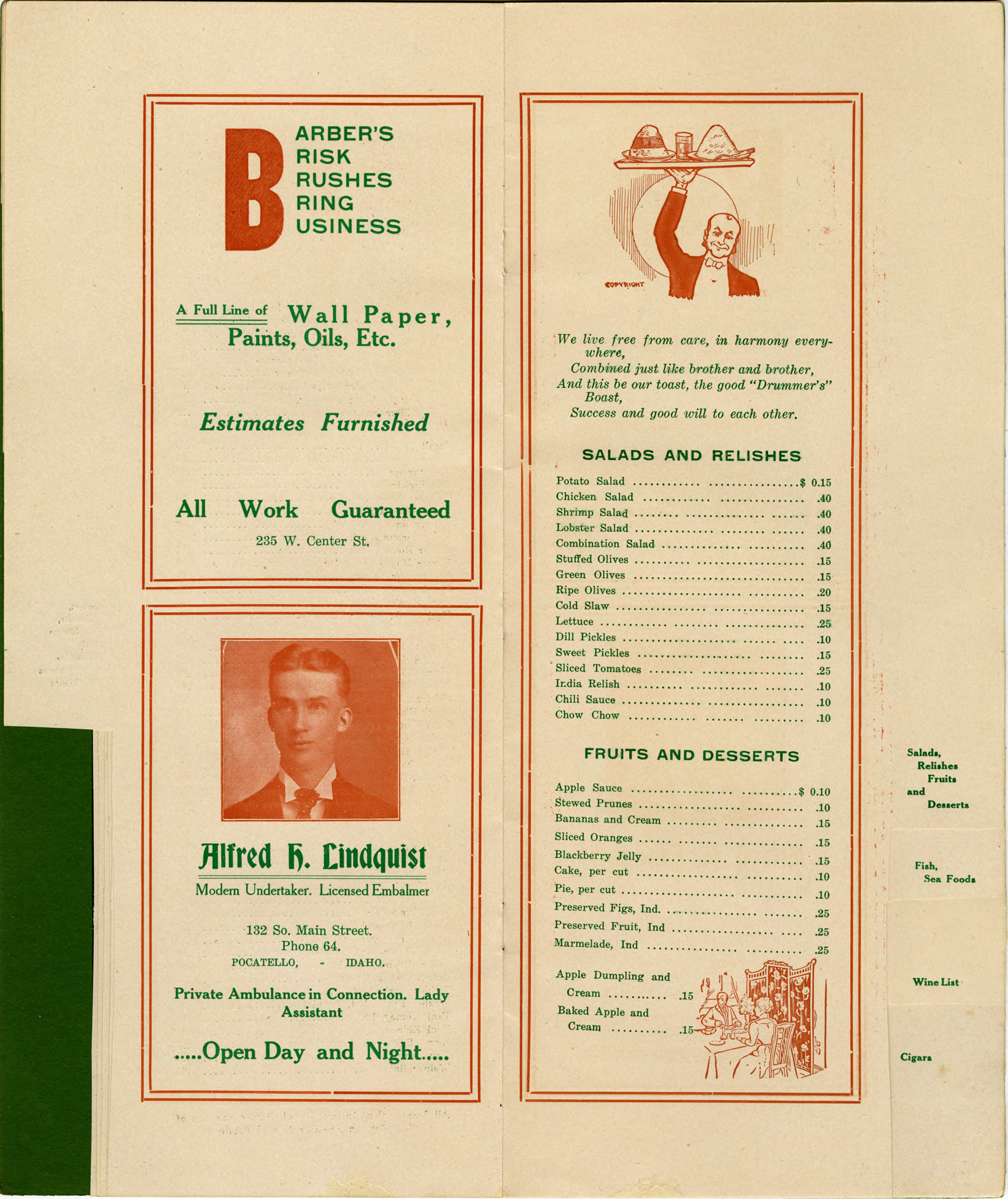
In 1911, Fred established yet another new restaurant in a new building at 144 N Main with new, state-of-the-art equipment. This was the beginning of Fred’s Cafe.

Fred Stedtfeld died in 1948, and in 1956, Fred’s Café went bankrupt and in that same year re-opened under new management and remained open until 1972.
Pauline Stedfeld died in 1984 at the age of 104.
Today, you can still see remnants of Fred’s Café in the tile work in front of 144 N Main Street.

May 29: Brady Chapel History & Restoration
The Brady Memorial Chapel stands as a proud local landmark at the entrance of Mountain View Cemetery in Pocatello, Idaho. Built between 1919 and 1922 to honor James H. Brady—former Idaho Governor and U.S. Senator—the chapel is a striking example of French Gothic Revival architecture. Designed by architect Frank Paradice and constructed by Alex Mathers, it was dedicated on Memorial Day, 1922, the same day the Lincoln Memorial was unveiled in Washington, D.C.

Originally open to the public for reflection and meditation, the chapel served the community until 1961. After that, it was repurposed as a storage facility and fell into disrepair. In 1979, it was added to the National Register of Historic Places. Some repair work was completed in 1988, including ceiling, door, and roof restoration. The stained-glass windows, originally designed by Herman Pierson, were also restored by Judy Countrell and protected with Plexiglass covers. A 1920s-style chandelier was installed to serve as an eternal light in memory of Twyla Thomas, a passionate advocate for the chapel’s preservation.
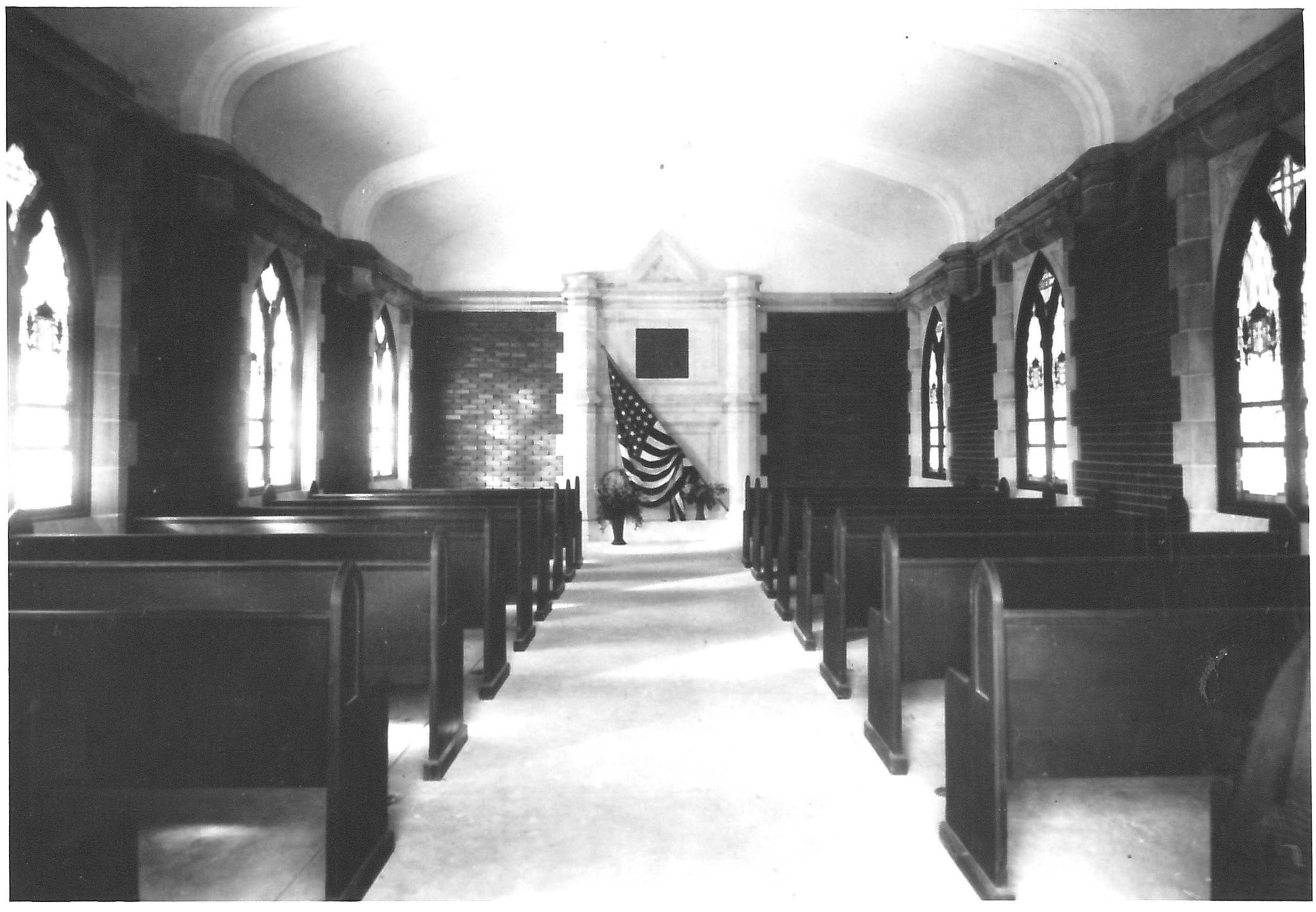
From the mid-1980s through 2015, the City’s Cemetery Committee and Historic Preservation Commission (HPC) worked steadily—with limited funding and generous in-kind contributions—to improve and maintain the chapel. In 2016, HPC ramped up its efforts through events like Memorial Day and Veterans Day open houses, the Before All Hallows’ Eve Scavenger Hunt, and the Stones to Stories program.
By 2019, it became clear that more substantial funding was needed. The Planning & Development Services Department and HPC requested support from the City Council to address pressing structural repairs. Council approved the request, with the condition that a comprehensive capital campaign plan be developed to secure sustainable restoration funding and a long-term maintenance endowment.
That plan came together in 2020, setting the stage for major restoration efforts.
In 2024, Phase I of restoration was completed. This included cleaning and repointing the masonry, along with replacing the deteriorated pinnacles using historically accurate replicas. Funding for this phase included $72,000 from the City, $13,000 in private donations, $10,000 from the Idaho Heritage Trust, and $5,000 from the National Trust for Historic Preservation.
Future restoration phases will address:
Repair of the slate roof
Refurbishment of stained-glass windows and doors
Interior masonry repointing and repair
Restoration of finishes including floors and replica pews
Installation of radiant heating to stabilize interior temperature and humidity
The City of Pocatello, HPC, and Friends of the Brady Chapel remain committed to preserving this historic gem and will continue pursuing funding and support to ensure its lasting legacy.

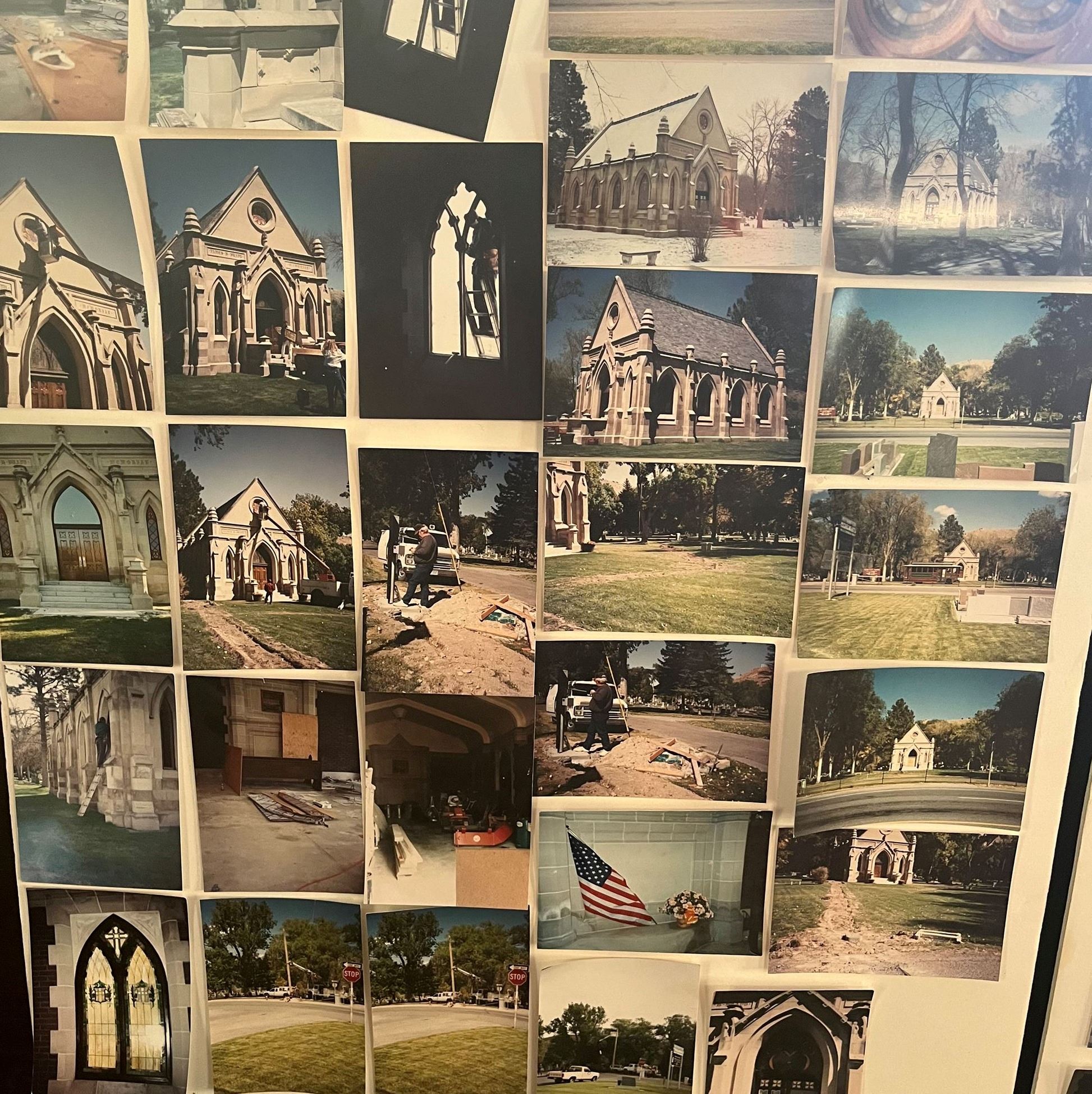
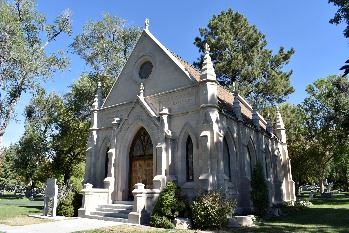
May 22: Self-Guided Historic Districts Walking Tours
Did you know that there are 7 self-guided walking tours regarding Pocatello’s National Registered Historic Districts available online?
These include:
• Downtown Historic District
• Eastside Downtown Historic District
• Old Town Residential Historic District
• University Neighborhood Historic District
• Warehouse Historic District
• Westside Residential Historic District
• Historic Downtown Pocatello’s Neon Walking Tour
Take advantage of the great weather and check out some of our historic sites around town!

May 20: Historic Preservation Month: Pocatello’s WWII Contributions
Pocatello’s roots trace back to a boxcar depot along a narrow-gauge rail line connecting Salt Lake City to Montana’s mining operations in the late 1800s. Incorporated in 1889, Pocatello quickly became a major railroad hub. Thanks to its inland location and strong rail infrastructure, the city played a critical role during World War II.
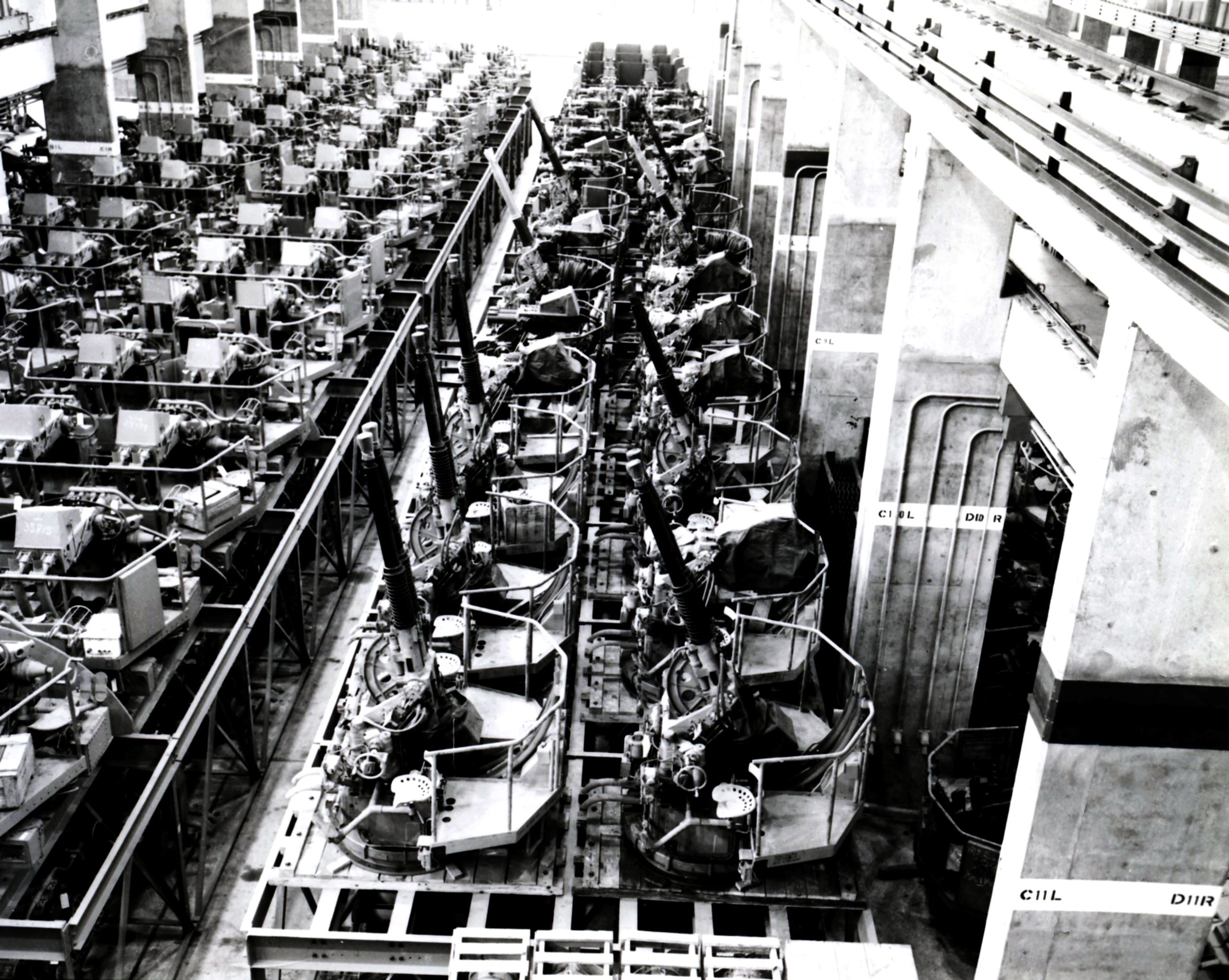
In 1942, the U.S. Army established an airbase seven miles northwest of Pocatello. Spanning over 3,500 acres, the base served as a key training site for aircrews flying B-17 and B-24 bombers, as well as P-39 and P-47 fighters. It housed the 96th and 382nd Bomber Groups, along with the 453rd and 464th—units that trained thousands of pilots, navigators, and bombardiers. Functioning as a self-contained city, the base included housing, schools, a post office, hospital, chapel, dining facilities, and workshops. After its decommissioning in 1945, the site was transferred to the City of Pocatello in 1949 and became the Pocatello Municipal Airport (now Pocatello Regional Airport).
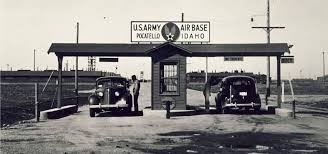
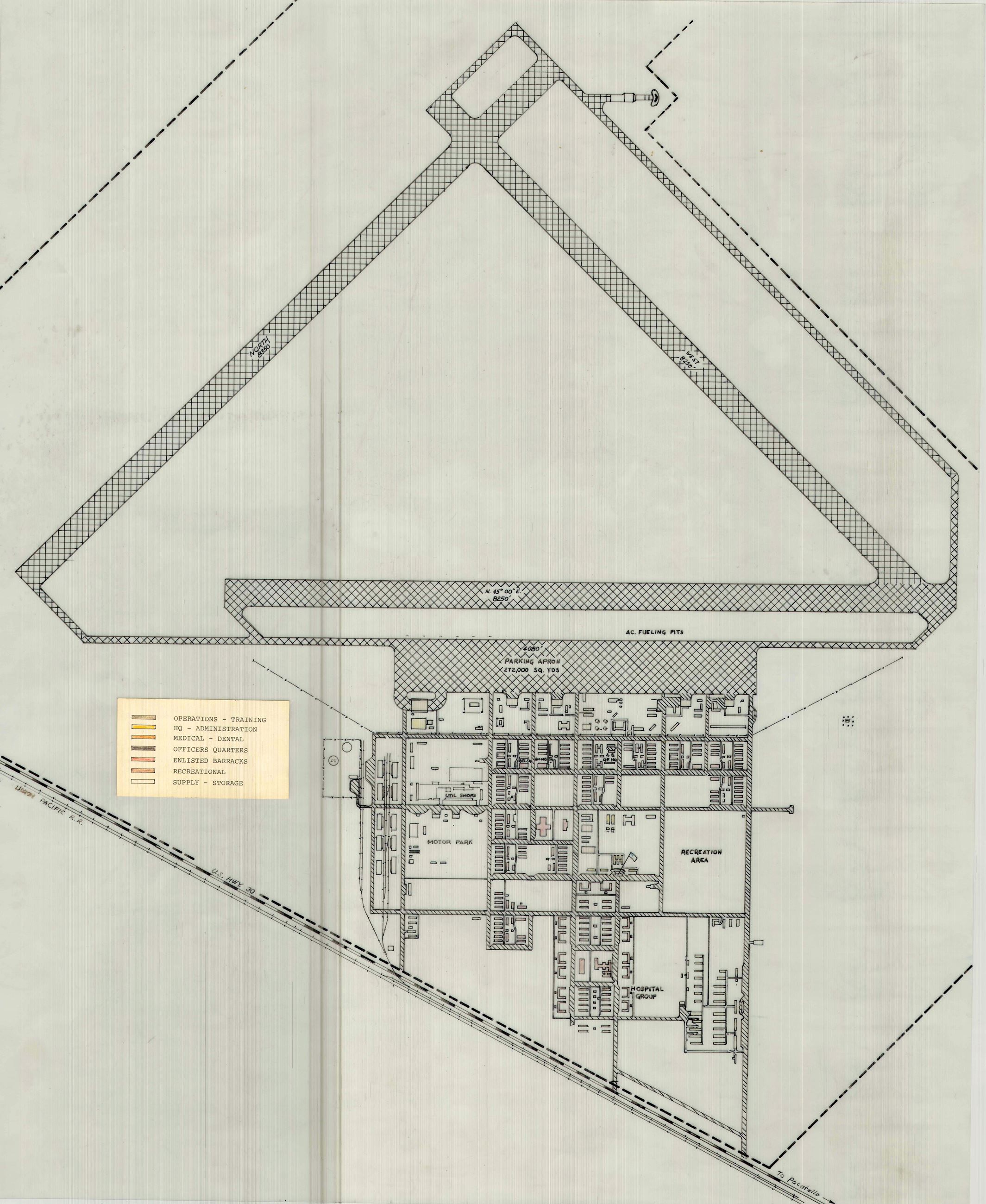
That same year, the United Service Organization (USO) opened a downtown recreation center and USO Hut to support servicemen stationed in Pocatello.

Also in 1942, the U.S. Navy commissioned the Naval Ordnance Plant (N.O.P.) in Pocatello—a 200-acre facility responsible for refurbishing and manufacturing naval gun barrels and ordnance components. One of only two such plants nationwide, and the only one west of the Mississippi, it was chosen for its strategic inland location and transportation network. Once weapons were completed, they were shipped roughly 50 miles to the Naval Proving Ground in the Arco Desert for testing—today, the site of the Idaho National Laboratory.
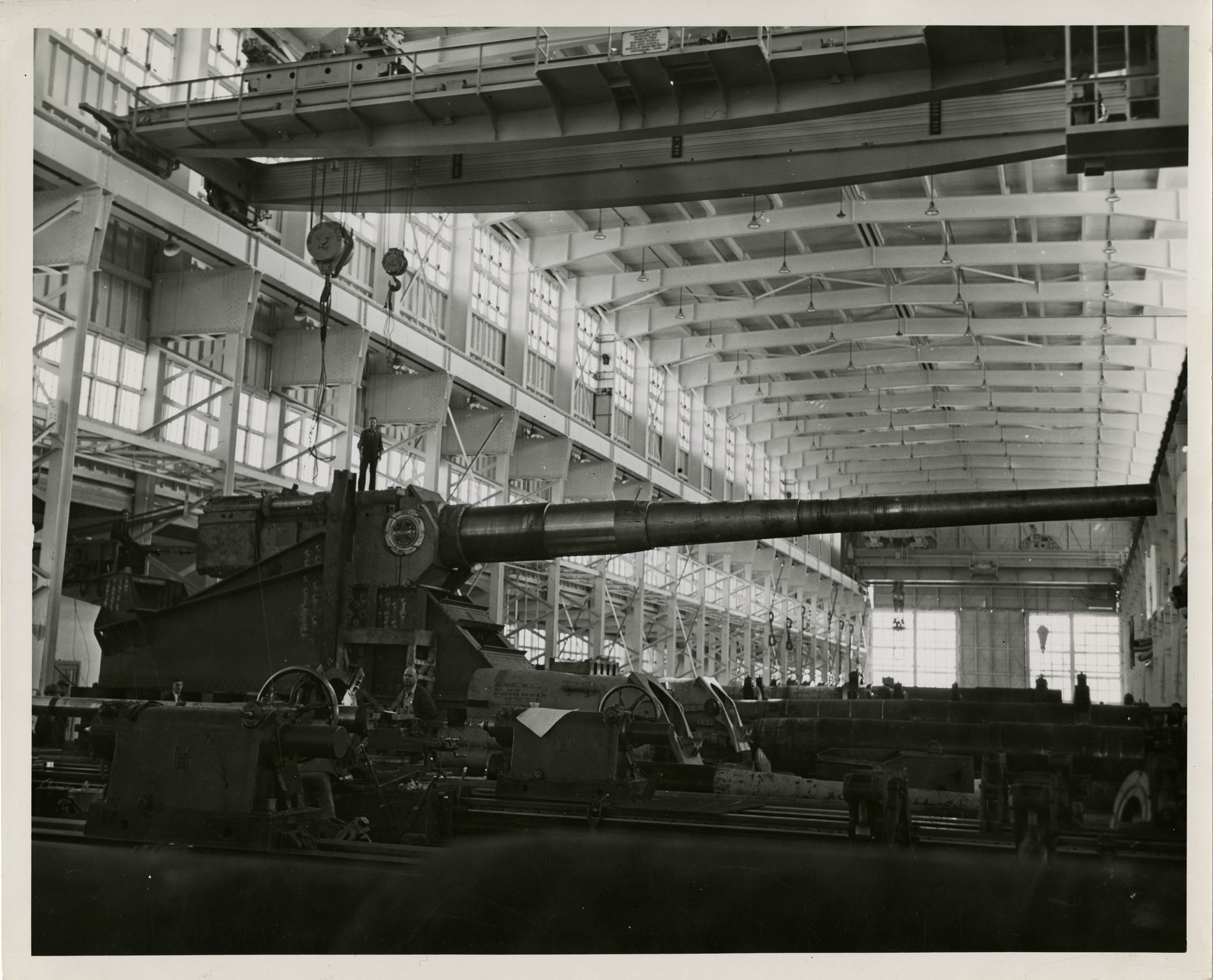
After the war, the N.O.P. was decommissioned and eventually sold in the 1950s. The area transitioned into an industrial park, home to various federal facilities and a public space now known as N.O.P. Park.
In June 2021, Industrial Realty Group, LLC (IRG) acquired the complex and rebranded it as the “Titan Center.” Since then, IRG has made significant improvements to attract a diverse mix of industrial and commercial tenants.
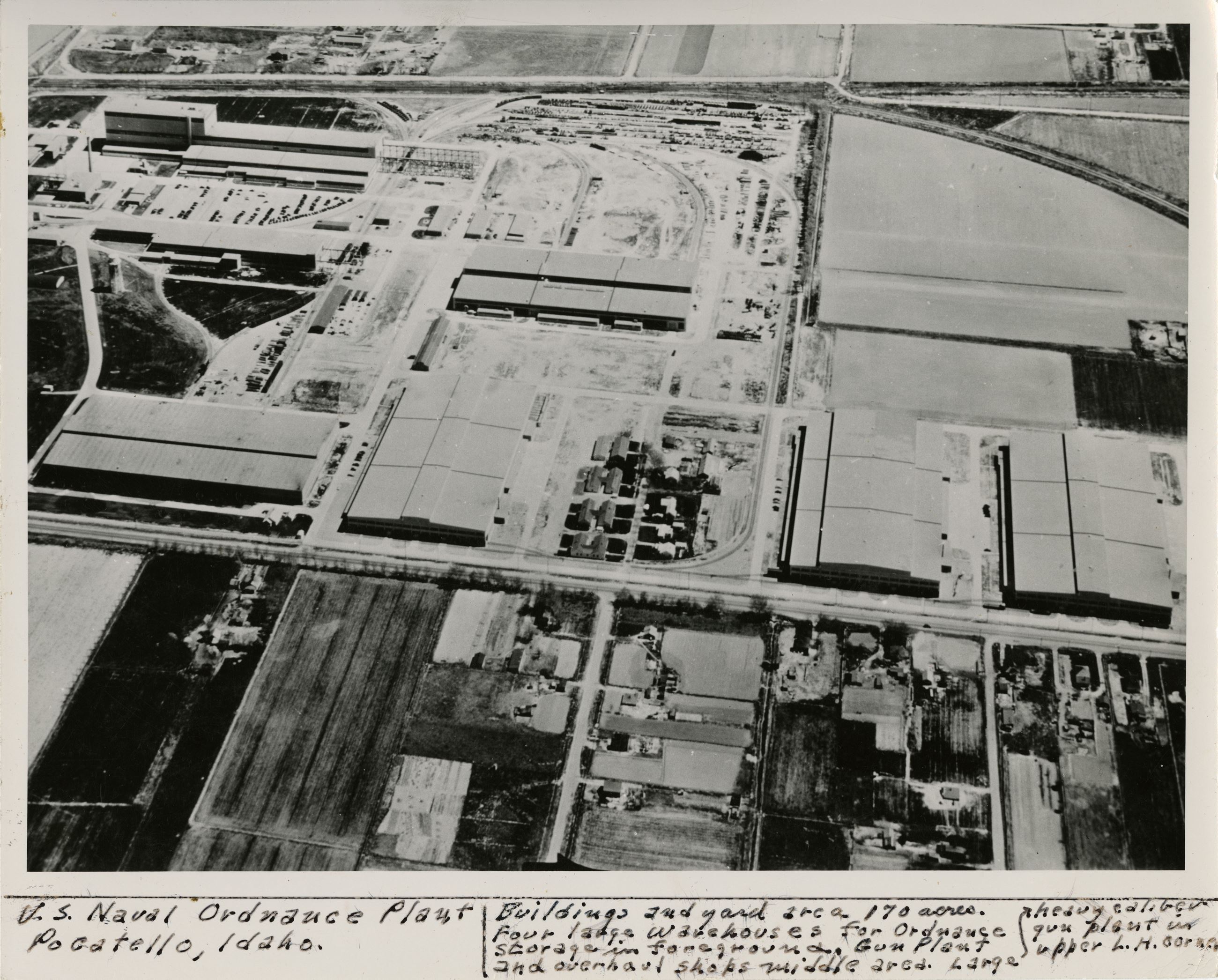
Pocatello’s contributions during WWII remain a proud chapter in the city’s rich history.

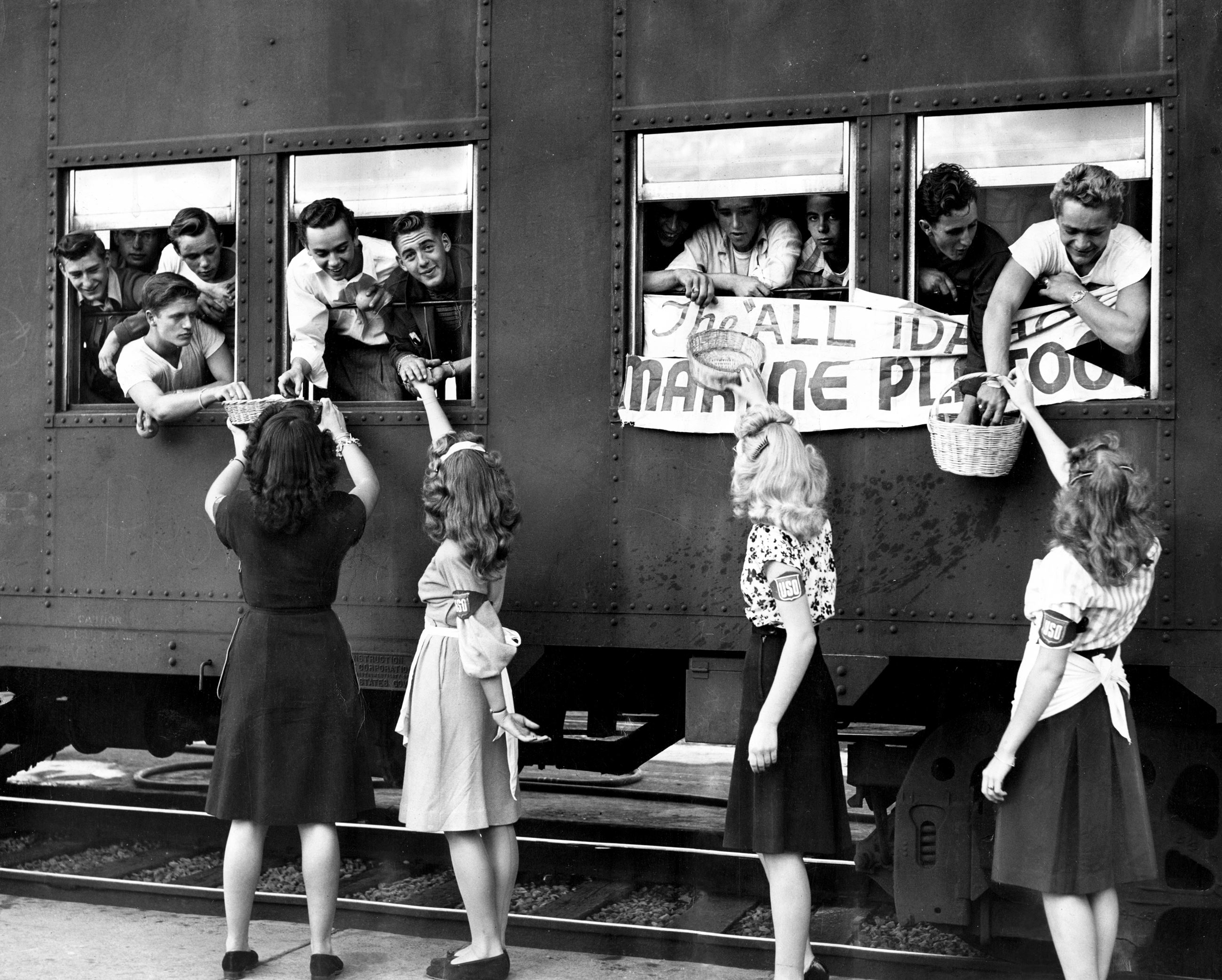
May 14: Pocatello Historical Figure – Frank Paradice